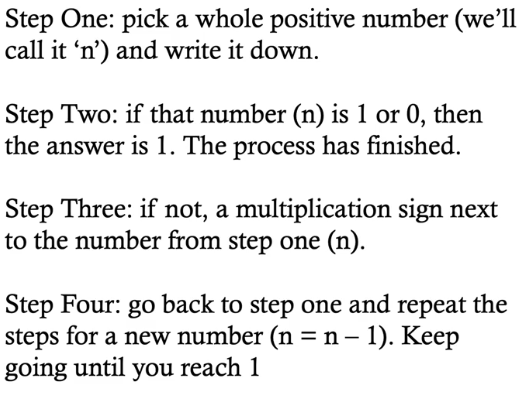This is like a trip down memory lane. Memories that I do not want to remember.
The first video was on dice based mechanics. Diced mechanics are easy to test, can be used in a variety of ways and are usually easier to design.
There are 5 types of dice checks:
- Rolling Over
- Rolling Under
- Rolling Equal
- Rolling not Equal
- Values as Success
Rolling over is when you have to role the dice greater than or equal to the difficulty number.
Rolling under is when you have to role the dice under or equal to the diffuclty number.
You can use this for for loot e.g.

Rolling equal is when you roll the dice to have the specific value as the difficulty number.
Rolling not equal is the opposite, jsut need to roll a number not the same as the diffiulty number.
Values as success is quite different to the previous checks. This is based on how many successes is done. For example you need 3 successes to pass.
Another mechanic is exploding dice, which is when you get a roll on a specific value, they get a success and roll again.
The design questions are; what should the difficulty nubmers be, what about modifiers and combining dice?
Difficulties numbers are used to show whether the task given is easy or not. Modifiers are effects which can improve or diminish the value. Combining dice changes the probability of the results. This could make the challenge easier or more difficult.
The next video was on probability. Probability is number of possible successes divided by number of possible outcomes.
You can combine to probabilities if you want.
Atleast is when you add the various probabilites together e.g.

You can also do the opposite to not get a result.
When combining, using factorials is useful. To calculate factorials use:

Another rule of factorial is:

Next is binomial coefficient, which is showing the number of combinations in a collection. The formula used is:


The final video is on dice combinations. It uses enumeration. If it is an AND then it is a multiplication. If it is an OR then it is an addition. To know the amount of ways a set of dice can be rolled, multiply the sides together e.g.

To know how many different options there are ti get a specific number using combinations, use:

So, using 2 six sided dice would look like:

By multiplying it out, it would look like:

So, to find out how many sevens can be rolled, look for the the exponential that has seven and read the coefficient. There are 6 ways that 7 cna be rolled. This method can work for any amount of dice and sides.
The questions for the first 2 videos were quite easy to answer, but then the third video… Why…

